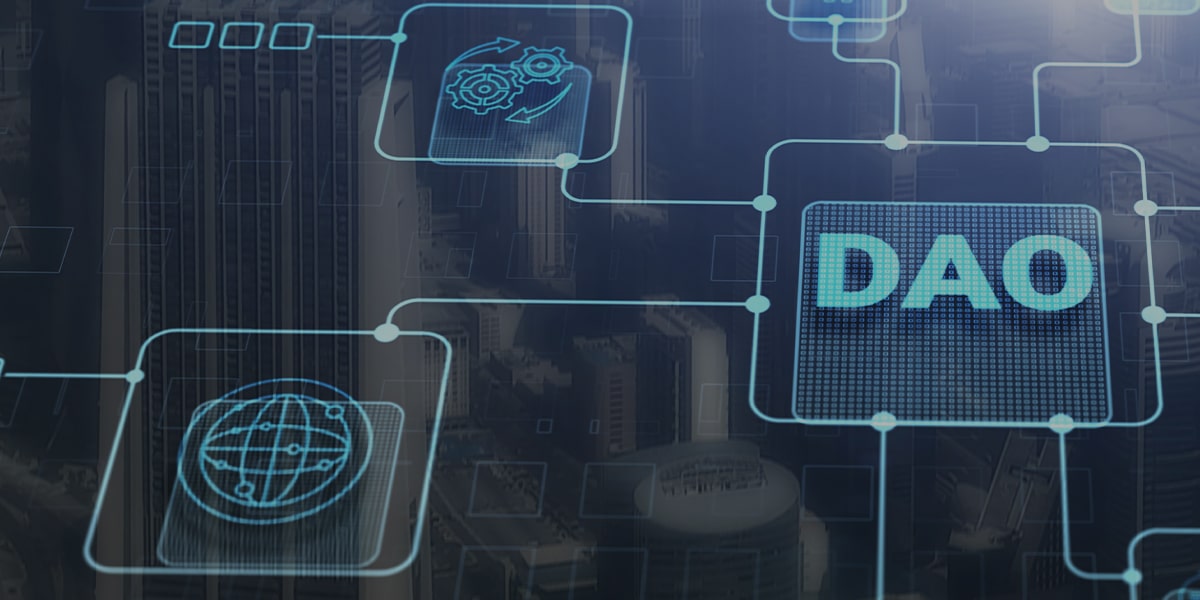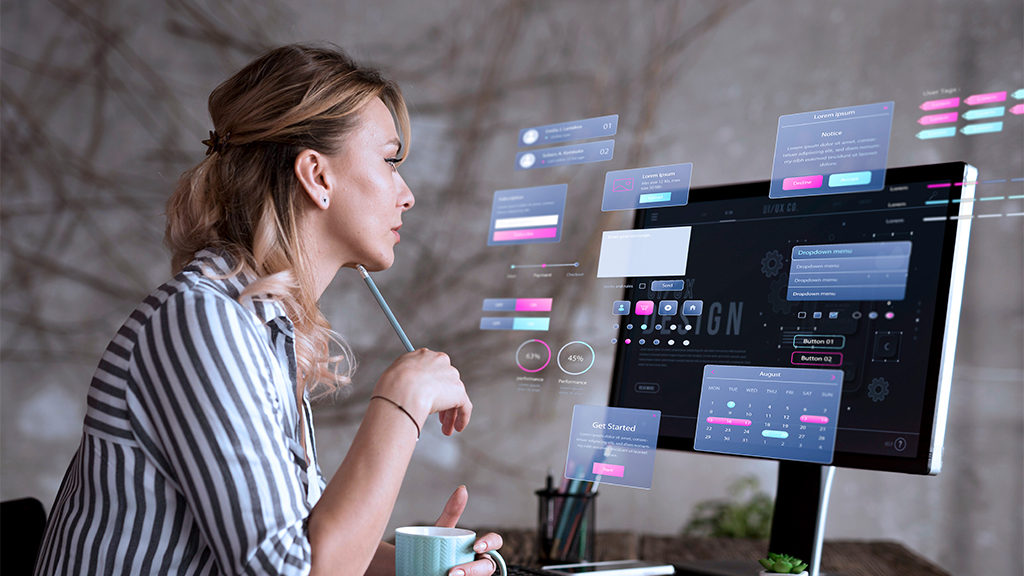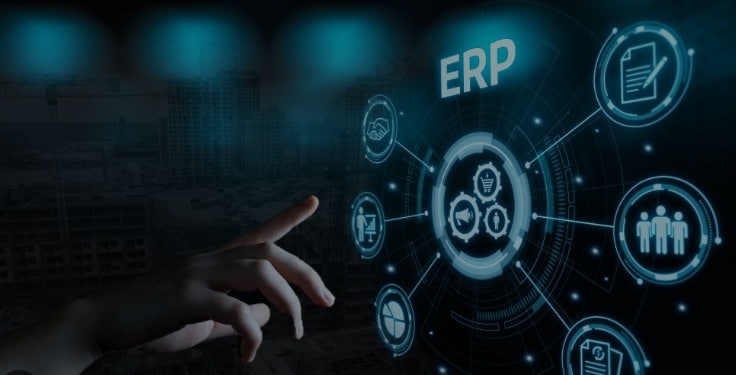If asked what’s the most crucial feature of cryptocurrency, the answer is pretty easy: decentralization. It’s a remarkable way to add an extra layer of security over global transactions.
Back in 2016, a bunch of developers tried building DAO (Decentralized Autonomous Organization). So let’s find out what this term means.
What is DAO?
DAO (Distributed Autonomous Organization) can be defined as an internet-native business that is:
- Collectively owned and managed by its members, with no CEO, executive management, or organizational hierarchy.
- Governed by a smart contract
In case you are wondering what a smart contract is, it’s a digital agreement that allows for the exchange of money, property, shares, or any other valuable item between parties without the need for a third party, through a transparent and conflict-free process.
Comparing DAO with a conventional organization
When compared with a conventional organization, a DAO is quite different. The table below highlights some key differences:
| Distributed Autonomous Organization | Conventional Organization |
|---|---|
| Flat and fully democratized | Hierarchical |
| Members must vote to implement changes | A sole party can demand changes, or voting may be offered |
| Votes are tallied, and outcomes are implemented automatically. No trusted intermediary is required. | In case voting is allowed, votes are tallied internally. Outcomes are implemented manually. |
| Services offered are handled automatically in a decentralized way | Requires human handling or centrally controlled automation, prone to manipulation. |
| All activities are transparent and fully public | Most activities are private and limited to the public. |












